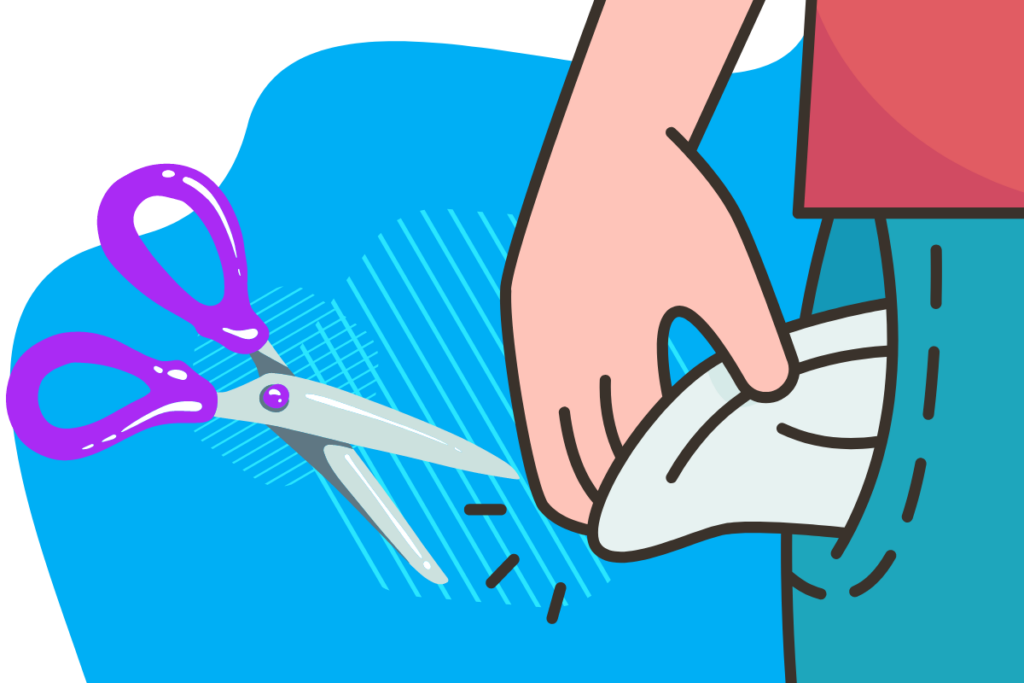Tagalog Learning Strategies for Busy Language Learners

Most adults live a busy lifestyle, but that doesn’t mean that there’s no room for learning of any kind. For instance, learning a language like Tagalog.
So, what are the strategies for busy language learners?
10 Idioms in Tagalog to Make You Sound More Natural

Inserting idioms into your lexicon is one way to add some color and enhance the meaning and tone of your message. The variety of idioms in Tagalog, also called sawikain or idyoma, from everyday observations to subtle insults, is a testament to the richness and depth of the language.
Top Mistakes When Learning Tagalog

Learning Tagalog can be a rewarding experience, but like any language, it comes with its own set of challenges. For those new to Tagalog, certain mistakes are common. By recognizing these pitfalls early on, you can improve your learning process and speak Tagalog more fluently and confidently.
Building Vocabulary: What Are The Colors in Tagalog?

Colors are everywhere. They are used not only as a direct descriptor but also to imply mood, emotions, and other meanings. If you’re learning Tagalog, it’s essential to know the colors’ Tagalog equivalents to help in communication and description.
Tagalog Tongue Twister: Challenge Your Pronunciation Skills

A tongue twister is a word, sentence, or phrase that is intentionally difficult to say. These are designed to feature several combinations of sounds, syllables, and phonetic patterns that test the limits of verbal agility and precision.
How are Nominative and Possessive Pronouns Used in Tagalog?

Pronouns can be used to refer to a person, animal, or thing, preventing repetition and redundancy.
Nominative pronouns are used to denote the subject of a sentence.
Meanwhile, possessive pronouns are used to indicate possession or ownership of the subject or the object.
Tagalog Grammar Structure: Sentence Structure and Word Order

Grammar is the foundation of the sentence. How you arrange the words can affect what you want to convey. Tagalog grammar, however, is peculiar in the case of sentence structure.
